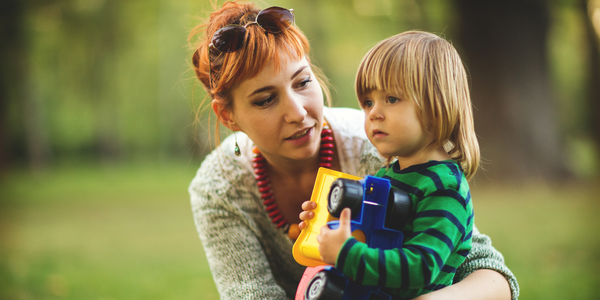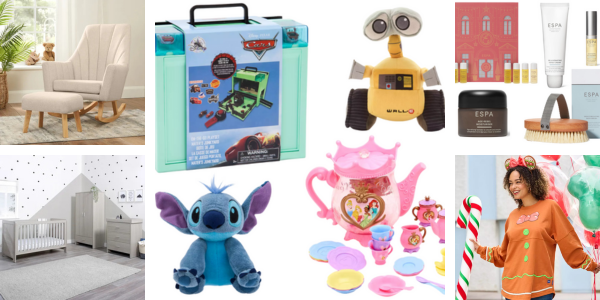

Getting your own place after a divorce is a breath of fresh air.
Finally, a place you can decorate to your whims, where you can watch your favorite TV shows without negotiation, and let the dog on the couch if you want to. But once you factor your kids in, you realize there are a lot of limitations you hadn’t considered—and being a responsible parent means making sacrifices to keep your kids safe, even when it cramps your style. Here’s how to kid-proof your new house for children of any age.
Infants
The world is full of danger for a new baby, but it’s easy for parents to miss hazards located at ground level. Before your baby starts to crawl, spend some time on your own hands and knees identifying potential risks. Cover electrical outlets, hide cords, pad furniture corners, and block staircases and windows with baby gates and guards. Store sharp items out of reach and do the same with household poisons. Angie’s List advises, “Chemicals and poisonous or toxic substances, such as toilet bowl and window cleaners, oven cleaners, bleach, paint thinner, dish soap, etc., should be kept in a locked cabinet, in a cabinet that is secured with a child-proof safety latch, or in a location that is elevated.” When using hazardous products, monitor closely and put them away as soon as you’re done.
Of course, danger doesn’t only present itself when your baby is crawling around. Keep routine parenting tasks safe by investing in a sturdy high chair, a baby tub and nonskid mat, and a modern crib with a firm, flat mattress.
Toddlers
In the toddler years, it feels like kids’ main hobby is finding ways to hurt themselves. Keeping curious tots safe requires a few additions to the babyproofing measures mentioned above. Install childproof latches on cabinets in the kitchen and bathroom, point pot handles inward while cooking, and store breakables well out of reach. Prevent serious injury or death by lowering the temperature on your water heater, keeping the toilet lid latched, anchoring furniture to the wall, and disposing of blinds with cords (even modern cord designs pose a strangulation risk, according to NPR). You should also get in the habit of locking your door while home, lest your toddler decide to take a self-directed tour of the neighborhood.
Preschoolers and Elementary Schoolers
As kids grow older, they develop a better understanding of safety hazards. That means you can finally get rid of the furniture bumpers and baby gates, but you’re not completely out of the woods yet. According to the CDC, drowning, burns, moving vehicles, and falls still pose considerable risk to children under the age of 10.
Keep growing kids safe by supervising outdoor play and installing a fence to prevent wandering into the street. If you have a swimming pool, fence it in or install a safety cover. Set rules about cooking without a parent, keep smoke detectors in working order, and teach kids how to use a fire extinguisher in case of emergencies.
Tweens and Teens
Home safety starts to look different in the tween and teen years. Your kids are more self-sufficient, which means less time spent monitoring their activities. But at the same time, there’s a lot of trouble they could get into when you’re not looking.
In addition to having conversations about making good choices, take the precaution of storing alcohol, weapons, and prescription medications behind lock and key. Restrict internet use to common areas of the home, but avoid snooping without your children’s knowledge—it’s better to establish a relationship of trust so your kids come to you when they encounter problems. Set rules about answering the door when adults aren’t home and install a doorbell camera so you both can screen unexpected visitors. Finally, make sure your kids know what to do in case of an emergency and post important phone numbers in a visible area.
Keeping kids safe isn’t easy, especially when there’s only one adult in the house. Since you can’t watch over your kids at every moment, it’s important to create a protective home environment. Even after taking these measures, be sure to assess your home regularly to identify new safety risks.



.png)






.jpg)




